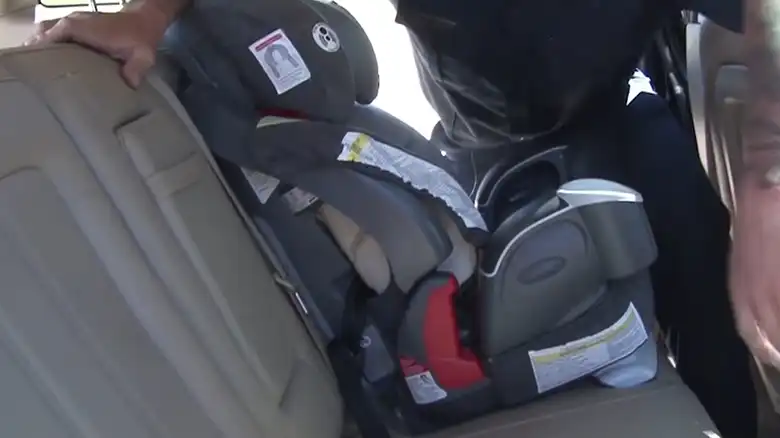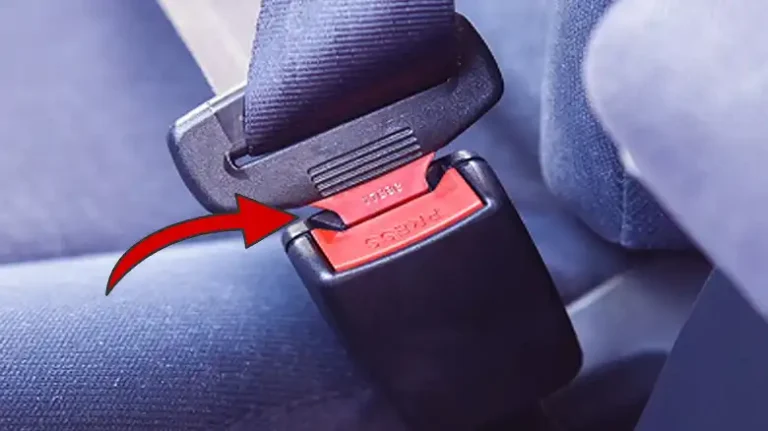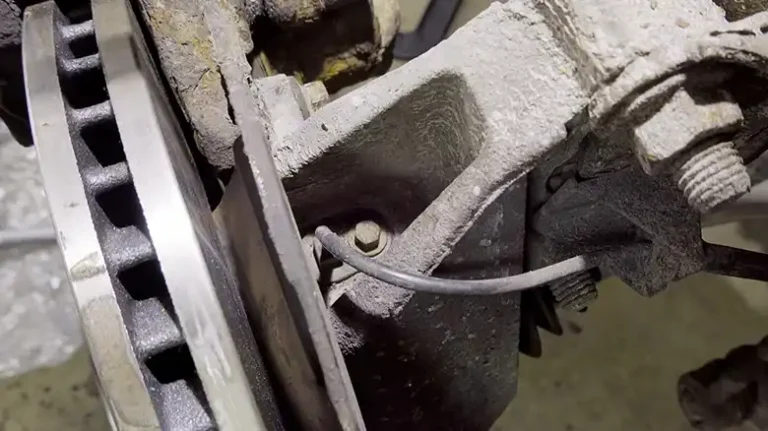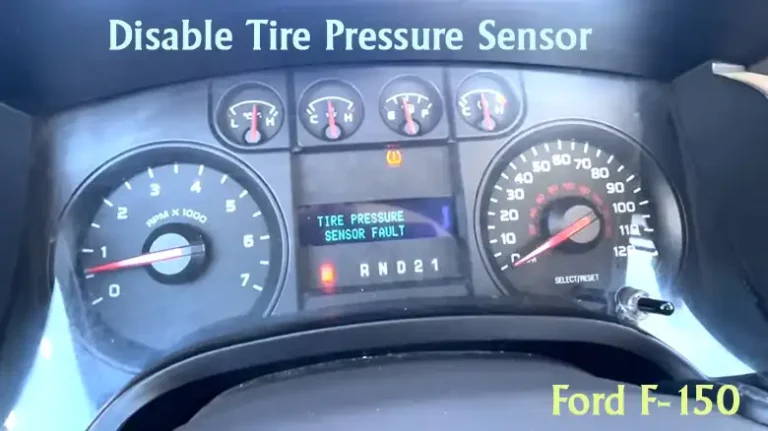How to Adjust Safety First Car Seat? A Must-Have Knowledge
Car seats are an essential piece of equipment for ensuring the safety of your child while traveling in a vehicle. Safety 1st is a well-known brand that produces a wide range of car seats to keep your child secure and comfortable during car rides. However, adjusting a Safety 1st car seat can be a bit challenging for parents and caregivers, especially if you’re new to using these seats. This is why I’m here to help you out in this case.
By following the guidelines provided in your user manual and this comprehensive guide, you can make the necessary adjustments to your car seat, including shoulder strap height, chest clip position, recline angle, and harness tightness, to keep your child safe and comfortable during every journey.
Here, I’ll share the evident knowledge of adjusting a Safety 1st car seat through the steps to properly adjust a Safety 1st car seat, ensuring your child’s safety and comfort during every journey. So, what are you waiting for?

Step 1. Read the User Manual
Before you begin making any adjustments to your Safety 1st car seat, it’s crucial to start by reading the user manual that comes with your specific model. The user manual contains detailed instructions and guidelines specific to your car seat, and it should be your go-to resource for setting up and adjusting the seat.
Step 2. Adjusting the Shoulder Straps
One of the most critical aspects of adjusting a Safety 1st car seat is setting the correct height for the shoulder straps. The shoulder straps should always be at or just below your child’s shoulders for rear-facing and at or just above their shoulders for forward-facing.
- Locate the adjuster mechanism behind the seat back, often under a padded cover on the front of the seat.
- To raise or lower the shoulder straps, loosen the harness straps by pressing down on the metal adjuster. Then, pull on the harness straps to tighten them, ensuring the correct shoulder height for your child’s size.
Step 3. Adjusting the Chest Clip
The chest clip should be centered on your child’s chest, at the level of their armpits.
- After adjusting the shoulder straps, ensure the harness is still loose.
- Move the chest clip up or down to the desired position.
- Tighten the harness straps until they are snug and secure, with the chest clip correctly positioned.
Step 4. Adjusting the Recline Angle
The recline angle of the car seat will vary depending on your child’s age and size. For rear-facing, the car seat should be reclined to the angle where the line on the side of the car seat is parallel with the ground. For forward-facing, the car seat can be more upright.
- Locate the recline lever on the side or front of the car seat.
- Pull the lever up to recline the seat or push it down to make it more upright, depending on your child’s age and the direction of the car seat.
Step 5. Ensuring a Snug Harness
The harness straps should be snug but not too tight. You should not be able to pinch any slack in the straps at your child’s shoulders.
- After adjusting the chest clip and recline, pull on the adjustment strap on the front of the seat to tighten the harness straps.
- Check the fit by trying to wiggle your child out of the car seat. If there’s any slack or they can wiggle out, the harness straps need to be tight enough. Tighten the harness straps until your child is secure without excessive movement.
Relevant Questions
1. Can I adjust the car seat without reading the user manual?
Reading the user manual is essential to ensure the safety of your child. It provides crucial information specific to your car seat model, so it’s strongly recommended to read the manual before attempting any adjustments.
2. How often should I check and adjust the car seat as my child grows?
It’s crucial to check and adjust the car seat as your child grows. Regularly inspect the seat to ensure it is correctly adjusted and that your child remains within the weight and height limits specified by the manufacturer. Make adjustments whenever your child outgrows a setting or experiences a growth spurt.
3. Can I install a Safety 1st car seat in any type of vehicle?
Safety 1st car seats are designed to fit most vehicles, but it’s important to follow the manufacturer’s guidelines and the user manual’s instructions for proper installation. Consult your car seat’s manual for specific information regarding vehicle compatibility.
Conclusion
Ensuring your child’s safety during car rides is a top priority for parents and caregivers. Properly adjusting a safe 1st car seat is a crucial step in achieving this goal. Regularly inspect and adjust the car seat as your child grows to maintain their safety on the road. Your child’s well-being is of utmost importance, and correctly adjusting their car seat is a fundamental step toward achieving it.


![[Explained] Does ABS Work in Neutral?](https://proautosafety.com/wp-content/uploads/2023/03/Does-ABS-Work-in-Neutral-768x431.webp)


